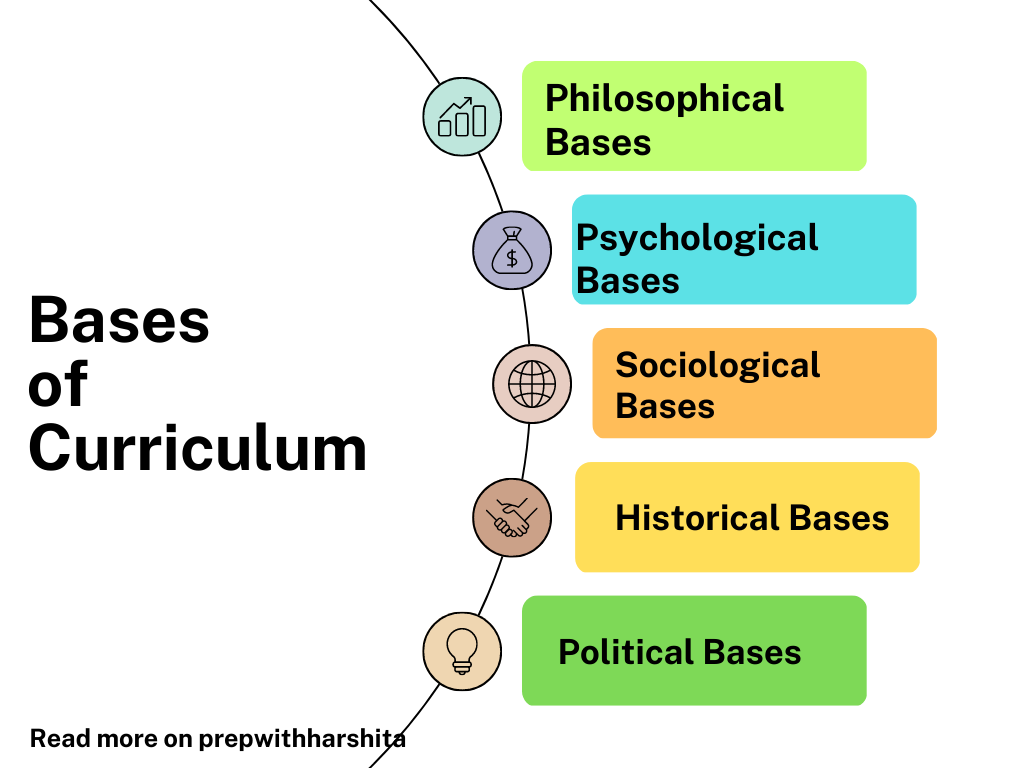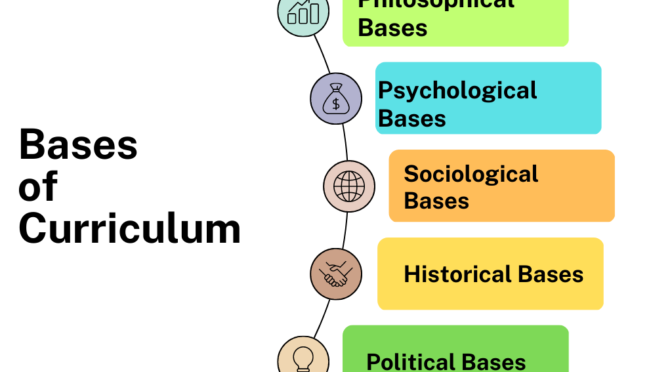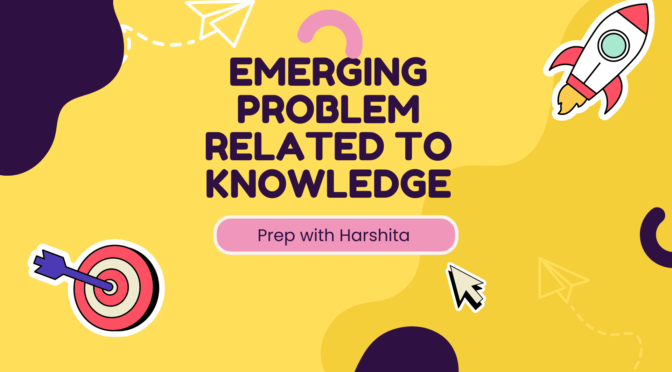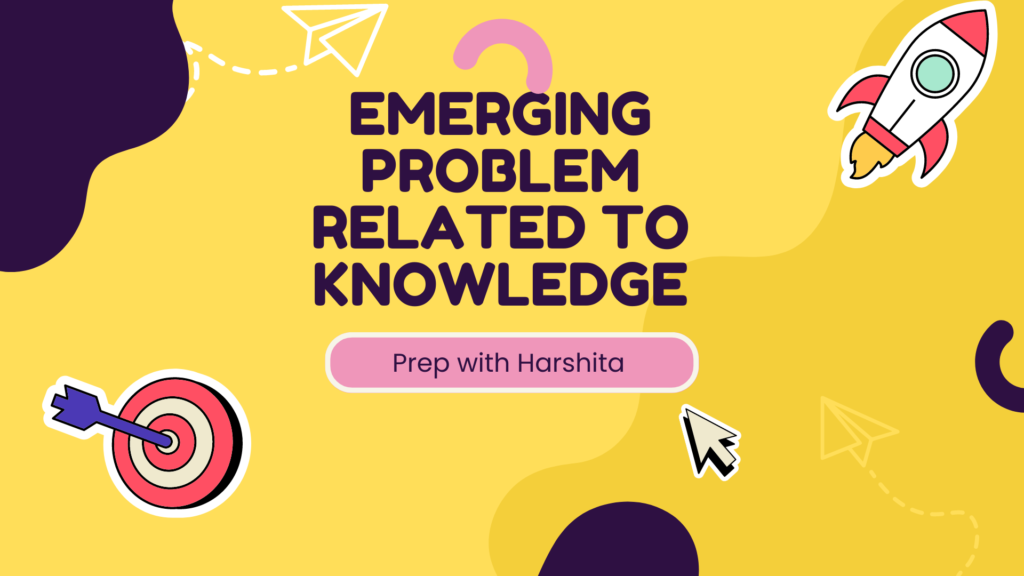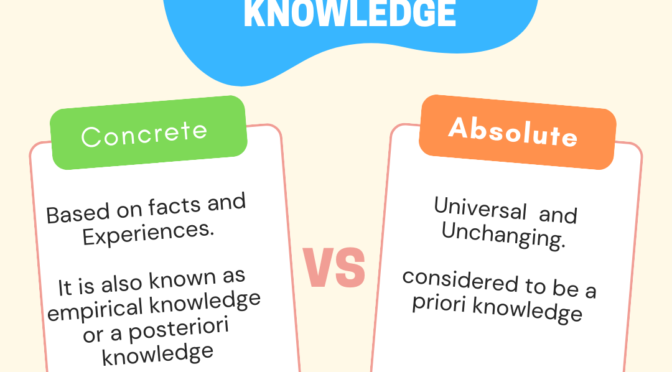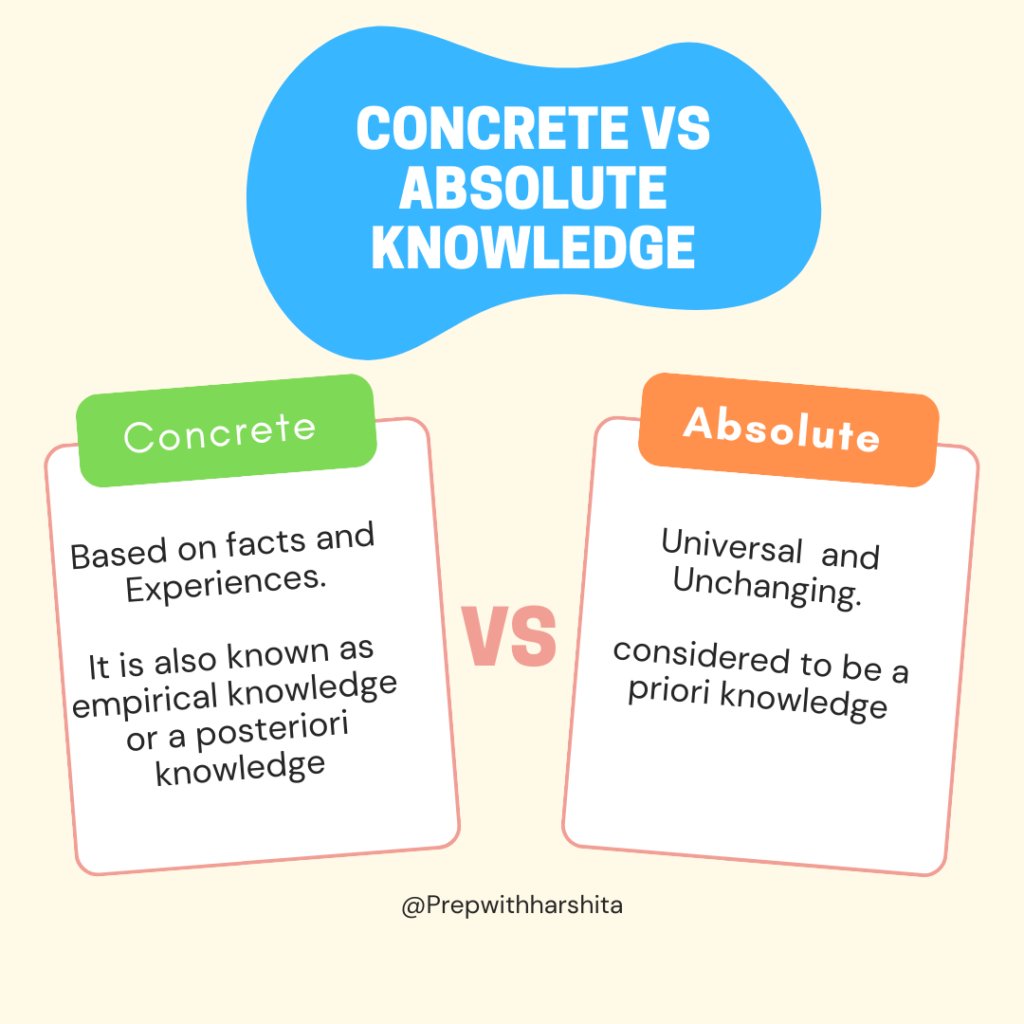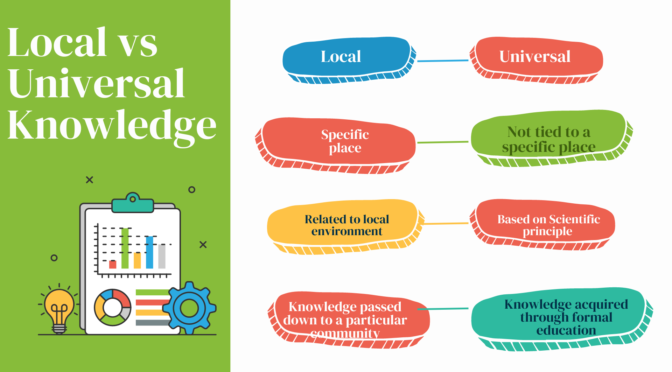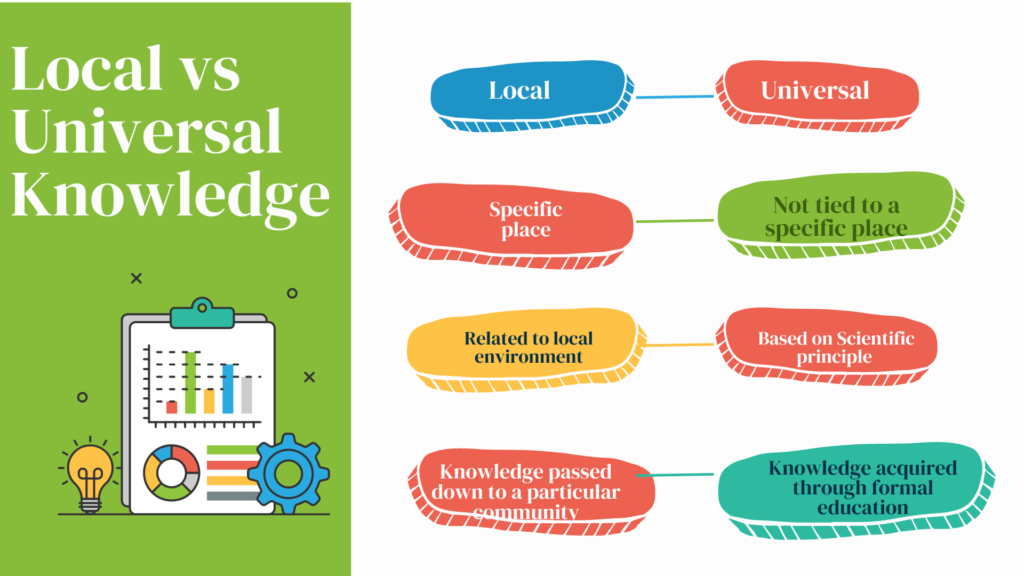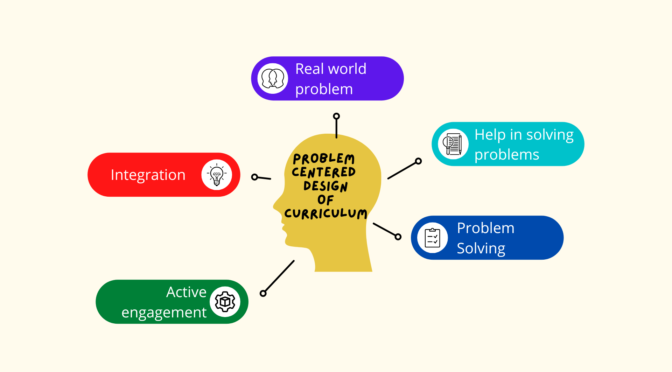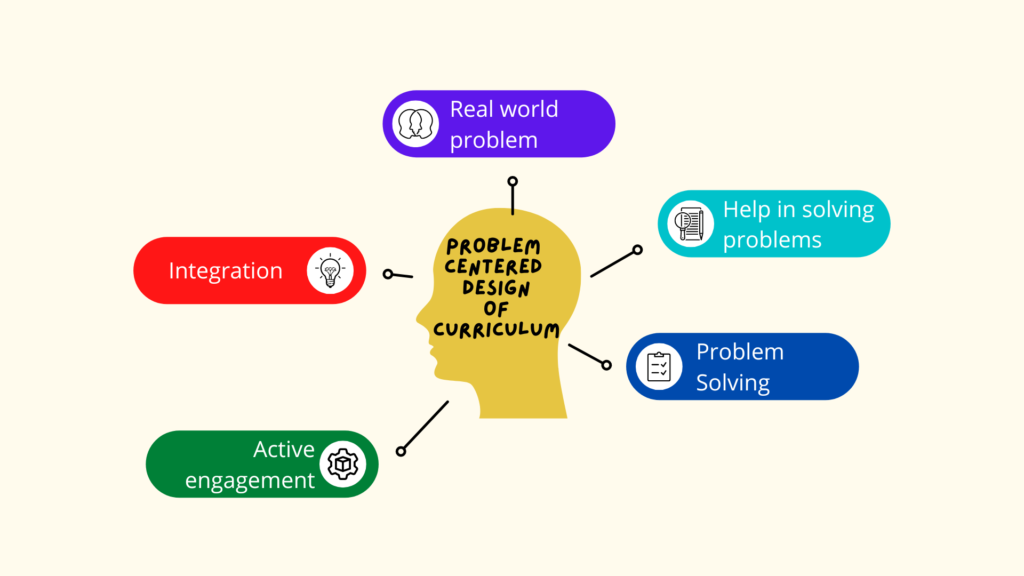The term “bases of curriculum” refers to the fundamental principles, beliefs, and values that guide the design and implementation of educational programs and curricula. These may include:
- Philosophical basis: One of the contributing factors in determining the curriculum is are nature of knowledge, reality, and the purpose of education.
- Psychological basis: understanding of how students learn, motivation, and development because they will help in determining the curriculum.
- Sociological basis: Society plays a very important role in determining the future of a child so recognition of the impact of society, culture, and environment on education and learning will directly infer with the curriculum.
- Historical basis: It is important to consider past educational practices and their relevance to current and future educational needs.
- Political basis: awareness of the political, economic, and legal factors that influence education policy and practice can directly affect the curriculum.
Also Read: Factors influencing Curriculum Change
These bases provide the framework for creating an education program that is meaningful, relevant, and responsive to the needs of students and society. So they are called the bases of the curriculum as they will help in creating a proper structure.
